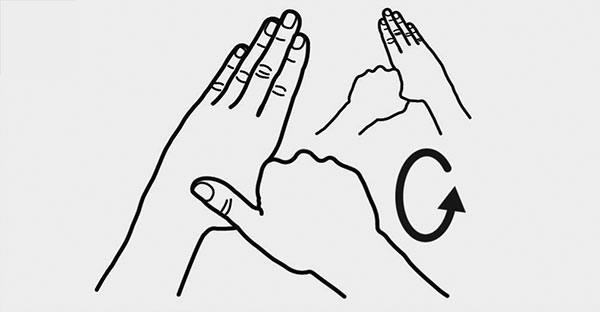
GlitterBug Potion will show you what they’re doing wrong, but how do you teach them to do it right.
This guide, taken from a World Health Organisation poster, has great visual instructions on how to wash your hands thoroughly.

Wet hands with water

Apply enough soap to cover all hand surfaces

Rub hands palm to palm

Right palm over left dorsum with interlaced fingers, and vice versa

Palm to palm with fingers interlaced

Backs of fingers to opposing palms with fingers interlocked

Rotational rubbing of left thumb clasped in right palm, and vice versa

Rotational rubbing, backwards and forwards with clasped fingers or right hand in left palm, and vice versa

Rinse hands with water

Dry hands thoroughly with a single use towel

Use towel to turn off faucet

Your hands are now clean
We really hope that that poster does some good for your staff’s hand hygiene but, to be honest, we ‘re not confident.
In our experience, just putting a poster on a wall doesn’t have much impact at all because…
1) Most people think they already know how to wash their hands
and
2) Most people think that what they do is good enough
From our experience, we would say that the success rates for washing the various parts of the hands are:
From a cross-contamination perspective, it is the wrist and the edge of the hand that make contact with a surface and are usually not cleaned effectively. What I don’t like about the World Health Organisation’s procedure is the failure to clean the wrist. So my recommendation is to also do a quick clean around your wrist as well.
And that’s for when people DO try to wash their hands. Research in hospitals show that staff wash their hands far less than they should.

It is all very well to show students how to wash their hands, but they are unlikely to actually put the knowledge into practice unless you show them why they should wash their hands correctly – and that’s where GlitterBug comes in.
GlitterBug gives a visual feedback on how badly their current handwashing technique is doing.